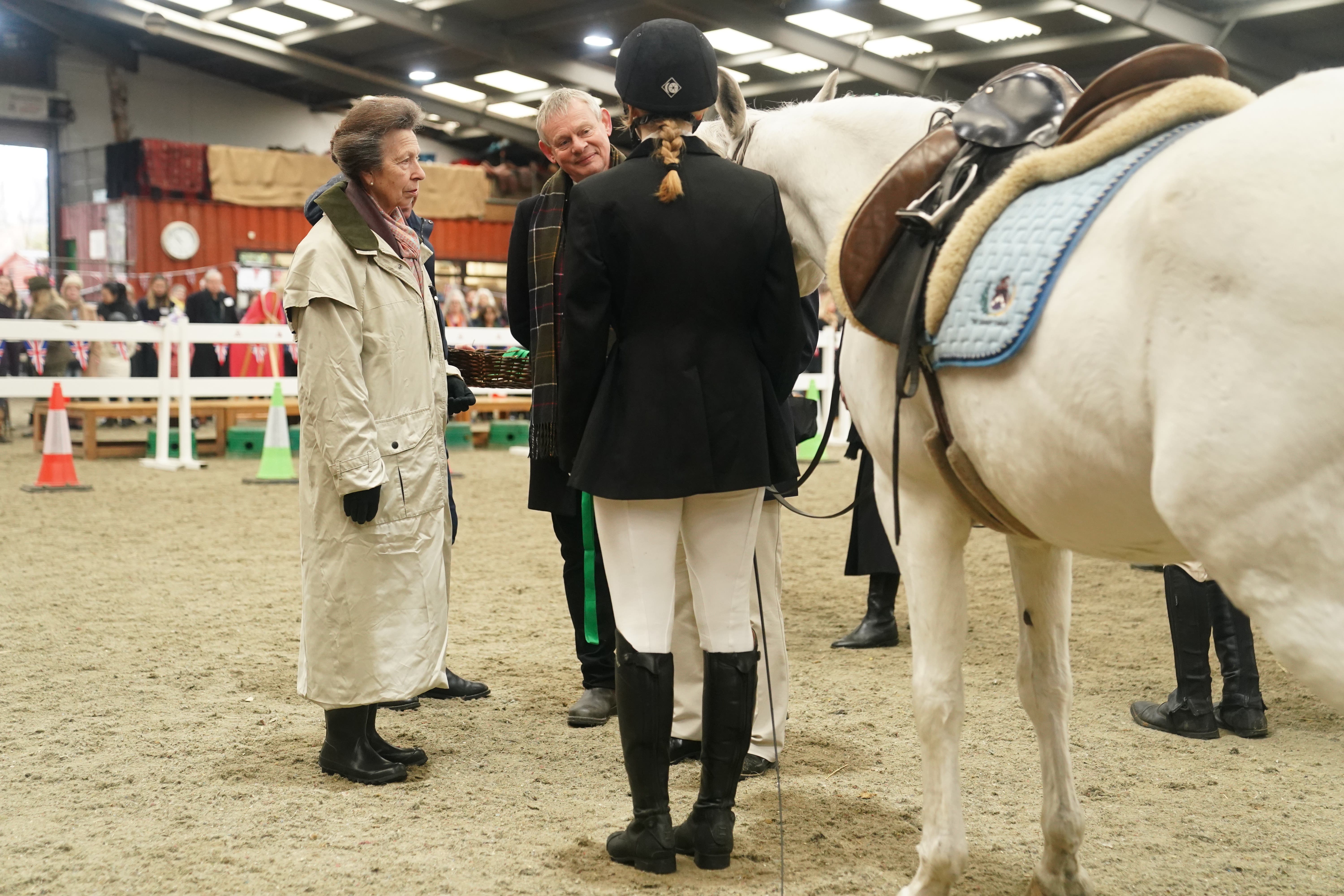Why horses kick and how to spot the warning signs
An equine behaviourist said warning signs included ‘pinned ears, tense facial muscles, swishing tails or shifting weight’.

Your support helps us to tell the story
From reproductive rights to climate change to Big Tech, The Independent is on the ground when the story is developing. Whether it's investigating the financials of Elon Musk's pro-Trump PAC or producing our latest documentary, 'The A Word', which shines a light on the American women fighting for reproductive rights, we know how important it is to parse out the facts from the messaging.
At such a critical moment in US history, we need reporters on the ground. Your donation allows us to keep sending journalists to speak to both sides of the story.
The Independent is trusted by Americans across the entire political spectrum. And unlike many other quality news outlets, we choose not to lock Americans out of our reporting and analysis with paywalls. We believe quality journalism should be available to everyone, paid for by those who can afford it.
Your support makes all the difference.Horses can react by kicking if they “feel threatened, scared or are in pain”, an equine expert has said.
Equine behaviourist Chloe Campbell said warning signs include “pinned ears, tense facial muscles, swishing tails or shifting weight”.
The Princess Royal is in hospital after suffering minor injuries to her head and concussion when it is believed she was kicked by a horse on her Gatcombe Park estate.
Ms Campbell told the PA news agency: “As an equine behaviourist, my thoughts are with the princess and her family during this difficult time.
They are only dangerous if they are put in an unsuitable environment, or if they're in pain or they're fearful
“This incident is an important reminder of the importance of understanding equine behaviour and ensuring the horse is in a suitable environment.”
She added: “Horses are naturally gentle animals, and a prey species, but they can react unpredictably if they feel threatened, scared or are in pain.
“To the average eye, this may seem unpredictable, although to the trained eye, overt behaviours such as kicking can usually be predicted with precursor behaviours, such as tail swishing.”
Ms Campbell said most horse-related incidents can be prevented by “recognising the signs of distress or discomfort in a horse and taking appropriate measures”.
“These signs can include changes in body language, such as pinned ears, tense facial muscles, swishing tails or shifting weight and many others,” she said.
Ms Campbell said: “Yes, they are very strong animals, but overall they are not dangerous.
“They are only dangerous if they are put in an unsuitable environment, or if they’re in pain or they’re fearful.”
She said it was crucial for those interacting with horses to be educated about their behaviour and to create environments where horses feel comfortable.
They are flight animals at the end of the day and everything that we do as we train them gives you to an extent an ability to override that, but never to extinguish it
She added: “Regular check-ups with a veterinarian, ensuring the horse’s environment is free from stressors, and creating suitable environments for a horse, can help mitigate the risk of such incidents.”
Equine behaviour professional Richard Maxwell said people often “let their guard down more” around horses they know.
He added: “If you’re stood next to them, patting them or stroking them, and they react very quickly – because of their speed of reaction and their sheer size and weight – when they do hit you, it’s like being hit by a car.”
Equine behaviour consultant Kay Willoughby said it was important to “always wear the appropriate clothing” when working with a horse.
“So hat, gloves and boots and make sure that you are around horses that are within your capability of handling,” she said.
Ms Willoughby added: “They are flight animals at the end of the day and everything that we do as we train them gives you to an extent an ability to override that, but never to extinguish it.”